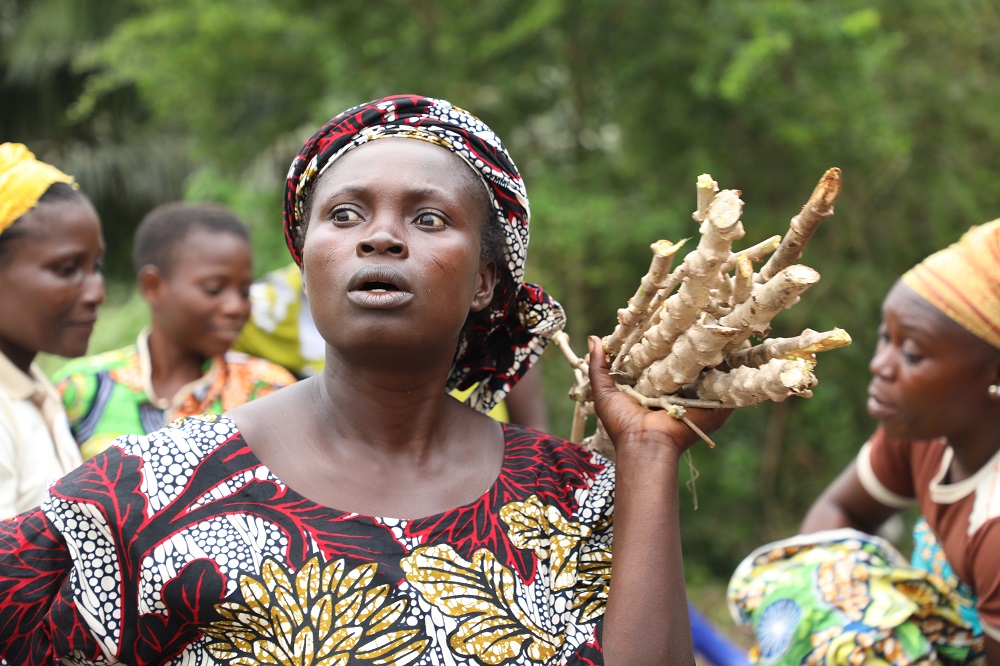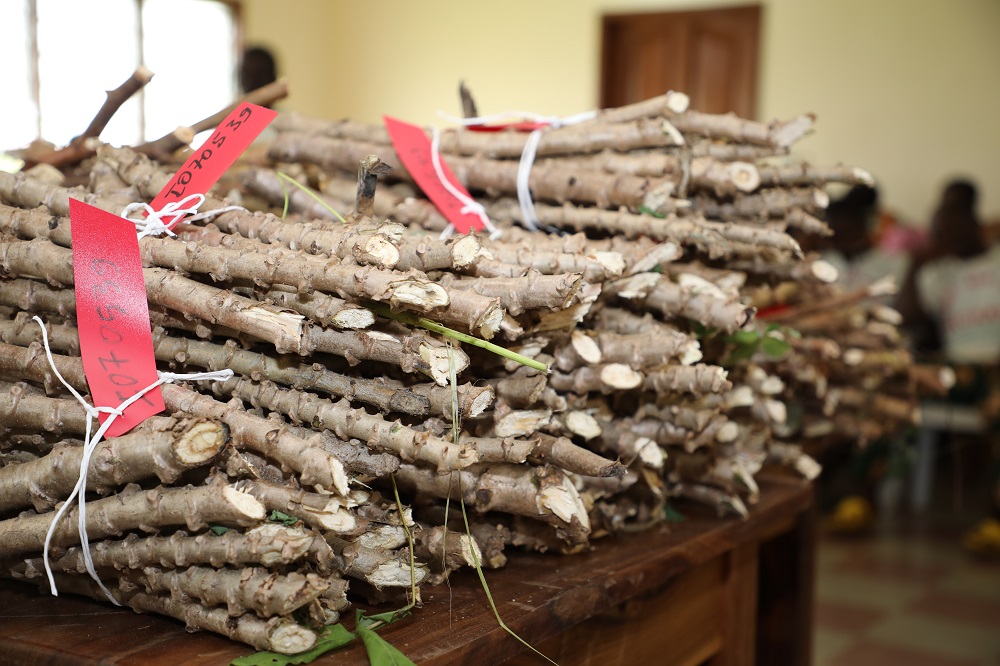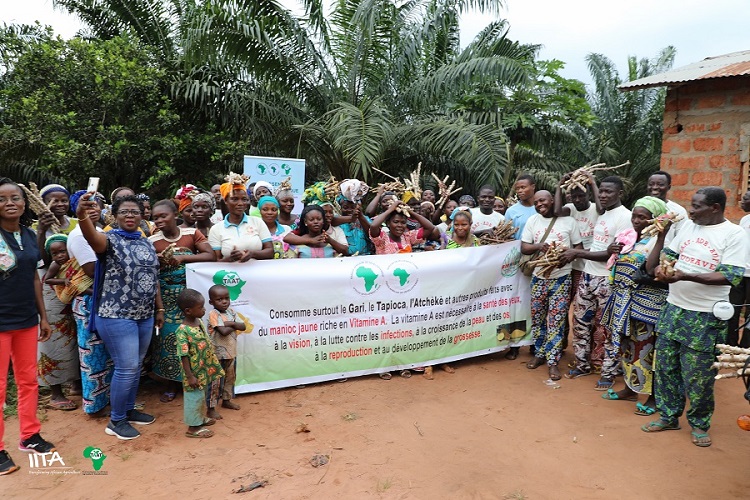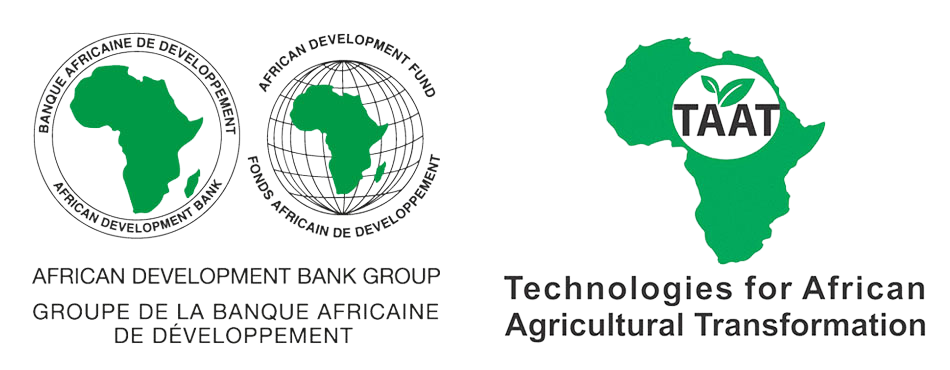
A staple to about 350 million people in sub Saharan Africa, cassava, had been declared in 2003 by African Heads of State as a poverty fighter. However, the crop is yet to prove its mettle as millions of growers in sub Saharan Africa who depend on the crop for their livelihoods still live below the poverty line.
Some of the reasons adduced for the poor performance of cassava and indeed several other crops include poor productivity, low value-addition, inability of farmers to access improved varieties and profitable market.
Consequently, Africa’s cassava productivity per ha is less than 10 tons per hectare compared to Asia where productivity is more than 20 tons per hectare.
Food insecurity in Benin
In the republic of Benin, over half of the nearly 10 million population rely on subsistence farming for their livelihood and the poor have not benefited from the country’s legacies as one of Africa’s largest cotton producers. Cotton is the only cash crop available to small-scale farmers, making up 40 per cent of the country’s GDP and over 80 per cent of export revenues.
According to World Food Programme (WFP), 3.3 million people, in Benin are considered food insecure, representing 34% of households in the country.
Since the mid-1980s, Benin has increased production of yams, cassava, maize, peanuts and pulses but poor infrastructure, low yields, flooding, which can wipe out harvests and seed stocks, are major challenges Benin farmers face.
To address some of these challenges, the African Development Bank (AfDB) over a year ago, launched the Technologies for African Agriculture Transformation (TAAT) programme, as part of the Bank’s Feed Africa strategy that is harnessing elite scientific research/technologies and disseminating at scale to African farmers.
A commitment to agricultural transformation
TAAT’s main objective is to improve the business of agriculture across Africa by raising agricultural productivity, mitigating risks and promoting diversification and processing in 18 agricultural value chains within eight Priority Intervention Areas (PIA).
The programme increases agricultural productivity through the deployment of proven and high-performance agricultural technologies at scale along selected value chains which include cassava.
The TAAT Cassava Compact, led by the International Institute of Tropical Agriculture (IITA) with presence in 18 African countries, set out to achieve cassava intensification as a priority intervention area, identified poor productivity, low value-addition, and lack of access to improved varieties as some of the key challenges facing cassava production in Benin.
Coordinated by Dr. Adebayo Abass, the compact established partnerships with critical stakeholders in Beninese agricultural sector led by the government, private sector, farmer cooperatives, academic institutions and the civil society.
An initial step taken by TAAT and partners in Benin was the recognition of the fact that cassava is still largely produced at a subsistent level in the country. This is in spite of the crop’s high growth potential for contributing to job creation, improved incomes and the living conditions of the people.
In the face of the diversity of products derivable from cassava for industrial applications and export, the processing of cassava in Benin still remains artisanal and traditional cassava products such as fufu, garri, tapioca have limited commercial transactions.
Thus, the decision to introduce technologies for rapid multiplication of planting materials of improved cassava varieties that address nutritional deficiency and increase cassava yield up to an average of 25 ton/ha became an absolute necessity.
Closely linked to this is the need for these technologies developed by researchers over the years to get into the hands of Beninese farmers and facilitate large scale adoption.
Deploying Pro Vitamin A Cassava at scale in Benin
It would be recalled that over the past 45 years, the International Institute of Tropical Agriculture (IITA) has played a pivotal role in the genetic improvement of cassava for resource-poor farmers in sub-Saharan Africa (SSA).
With over 400 cassava varieties developed so far, that are not only high yielding but also resistant to diseases and pests, many of these

improved varieties have been extensively deployed across Africa.
While almost all cassava in Benin are currently white fleshed, pro vitamin A cassava which produces yellow-fleshed roots (popularly referred to as yellow cassava) with nutritionally significant concentrations of carotenoids that produce vitamin A in the human body is yet to be accepted in the country.
This is largely linked to unverified rumors that yellow cassava is not good for the human body, a belief held by many. Beninese farmers, therefore decided to stay away from it for fear of glut due to buyers’ lack of interest.
To address this challenge, a behavioural change communication model involving the transfer of planting materials of provitamin A cassava varieties from IITA Nigeria to Benin and extensive sensitisation campaigns in key villages was adopted by the TAAT Cassava Compact and partners.
The planting materials were multiplied to provide 200,000 cuttings, distributed to seed growers and farmers in selected villages such as Massi, Akouègba in Glazoué, Houèdo in Abomey-Calavi, and Tatonnoukon in Adjohoun, Allada, Niaouli, Attogon, Lotodonou, Agon, Sakete 1, Sakete 2, Houmbo, Daagbe, Djedje, Chada, Hego, Adodo, Ifangni, Sahorot-Nagot, Adanmanyi, Dagba, Meke, Dagbaou, and Yoko.
Others include Agbanate, Eglime, Massè, Adja-Ouéré, , Banigbé, Fouditi, , Trobossi, Ikpilè, Oke-Ata, Pobè, Igbo-Itche, Adakplamè, Tovlamè (Camp), Agbotolou, Kokoua, Dotortanou, Zassa, and Détékpa.
Funded by TAAT and driven by partners such as INRAB, Université d’Abomey Calavi, and BIORAVE (with support from the CGIAR RTB Programme), the sensitization campaigns which held across these locations consecutively in September 2019 had in attendance, men and women farmers including youth and representatives of IITA, RTB and HarvestPlus.
Addressing the farmers and villagers who thronged to the Houèdo centre with the help of an interpreter in Fon language, Dr Elizabeth Parkes of HarvestPlus enjoined Beninese farmers to adopt the pro vitamin A cassava variety as it eliminates the problem of nutritional deficiency which afflicts almost 20% of pregnant women and about 30% of children under the age of five.
“Vitamin A deficiency results in stunting in children, predisposes them to sicknesses such as diarrhea and measles, and even premature death. In pregnant women, vitamin A deficiency results in night blindness and increases the risk of mortality but with yellow-fleshed cassava, all that will be taken care of as it is biofortified with nutritionally significant concentrations of carotenoids that produce vitamin A,” Dr Parkes said.
“I heard that you are afraid of yellow cassava or yellow garri? Would you like to taste it just as I am doing now? Yellow cassava is not only harmless but very tasty and good for the body,” she added, tasting the harvested fresh root of yellow cassava and other by-products of the variety like yellow garri, cassava flakes and crackers.
While engaging farmers and traders at the Akouègba centre in Idacha language, Oluwatoyin Adetunji, Agricultural Transformation Specialist with TAAT harped on the guaranteed return on investment that the variety represents.
“This set of pro-vitamin A cassava varieties have increased beta-carotene levels as well as matching agronomic characteristics as an incentive for better farmer adoption,” she added.
TAAT is about boosting the productivity of African farmers in order for Africa to feed itself and through this set of varieties that we are distributing today, you are guaranteed an increased cassava yield up to an average of 25 ton/ha,” Ms Adetunji said.
The appreciative farmers and processors across the 42 villages responded in songs of joy and appreciation, commending the TAAT programme for coming to clear their doubts about yellow cassava as well as making the variety accessible to them.
Technology scale up secures the future
Mlle Ezaie Etenou, a garri processor in Massi is already dreaming of a future with yellow cassava.
“This sensitization that we had today is going to help us a lot. If we succeed in producing this new yellow cassava variety, it will greatly help in changing the whole community,” she said.
Nazaire Donkpegan, a farmer is fascinated about the possibility of increased yields from yellow cassava.
“My impression of this awareness is that as a producer I am used to growing white cassava variety which gives me little yields hence I sell at a cheap price. But with this new yellow cassava variety, I am very happy and will produce it in large scale,” he added.
Speaking on behalf of the partners at the end of the hugely successful sensitization campaign across Benin, Prof Alexandre Dansi, the Executive Director of BIORAVE lauded TAAT as an excellent programme.

According to him, “the concept of TAAT has being a dream I personally had before the programme eventually came on board. Several institutions are spending millions of dollars to develop varieties and technologies but if we develop technologies and these technologies are not scaled up to millions of farmers, we have practically done nothing.”
“I invite other donors to go in this direction as we have several technologies from 20 to 30 years of agronomic research still sleeping on the shelves. Is it on the shelf that their impact will be felt? He queried.
“It is when the beneficiaries come in contact with these technologies that one can be considered fulfilled as a researcher,” Prof Dansi said.
He further expressed his belief that TAAT as a programme sponsored by AfDB to take existing agricultural technologies to scale is an excellent idea that should have a second, third and even a fourth phase.
“TAAT is programme that needs to be supported, and my best wishes go to everyone in TAAT and also HarvestPlus for supporting us tremendously to harvest more in Benin. We need more support, more financing even up to billions of dollars so that African agriculture can experience a positive, radical change,” Prof Dansi concluded.

